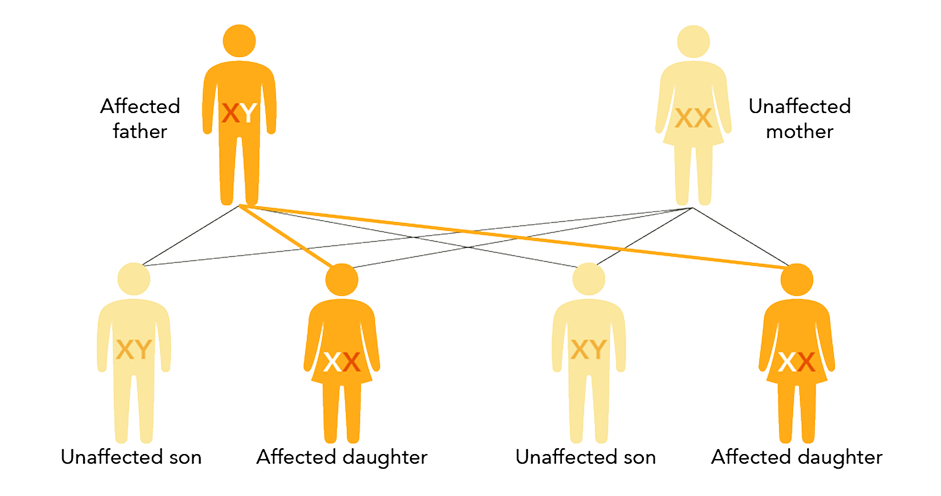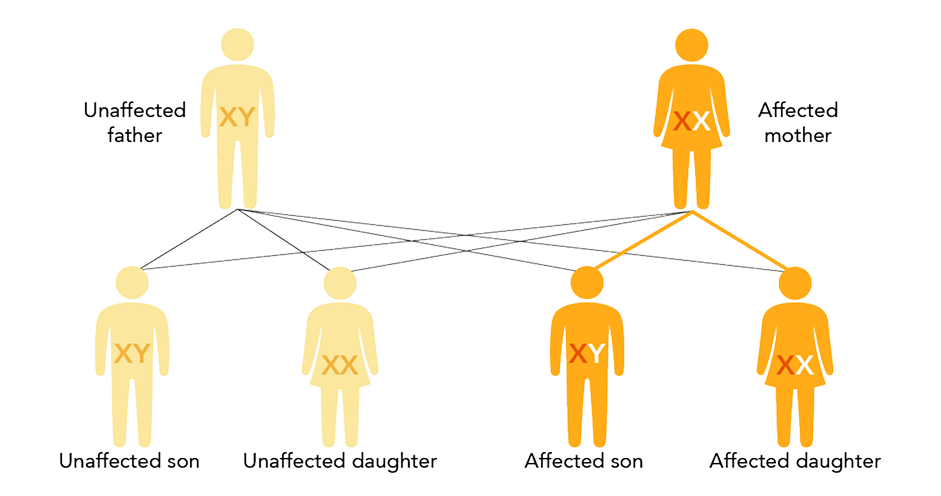

GLA, galactosidase alpha gene.
References: 1. Germain DP. Fabry disease. Orphanet J Rare Dis. 2010;5:30. 2. ThinkGenetic Foundation. Fabry disease. Accessed April 27, 2025. https://thinkgenetic.org/diseases/fabry-disease 3. Ortiz A, Germain DP, Desnick RJ, et al. Fabry disease revisited: management and treatment recommendations for adult patients. Mol Genet Metab. 2018;123(4):416-427. 4. El-Abassi R, Singhal D, England JD. Fabry’s disease. J Neurol Sci. 2014;344(1-2):5-19. 5. Filoni C, Caciotti A, Carraresi L, et al. Functional studies of new GLA gene mutations leading to conformational Fabry disease. Biochim Biophys Acta. 2010;1802(2):247-252. 6. Gal A. Molecular genetics of Fabry disease and genotype-phenotype correlation. In: Elstein D, Altarescu G, Beck M, eds. Fabry Disease. Springer Science and Business Media; 2010:3-19. 7. Tuttolomondo A, Simonetta I, Duro G, et al. Inter-familial and intra-familial phenotypic variability in three Sicilian families with Anderson-Fabry disease. Oncotarget. 2017;8(37):61415-61424. 8. Knol IE, Ausems MGEM, Lindhout D, et al. Different phenotypic expression in relatives with Fabry disease caused by a W226X mutation. Am J Med Genet. 1999;82(5):436-439. 9. Hoffmann B, Mayatepek E. Fabry disease—often seen, rarely diagnosed. Dtsch Arztebl Int. 2009;106(26):440-447. 10. Marchesoni CL, Roa N, Pardal AM, et al. Misdiagnosis in Fabry disease. J Pediatr. 2010;156(5):828-831. 11. Pieroni M, Namdar M, Olivotto I, Desnick RJ. Anderson-Fabry disease management: role of the cardiologist. Eur Heart J. 2024;45(16):1395-1409. 12. Reisin R, Perrin A, García-Pavía P. Time delays in the diagnosis and treatment of Fabry disease. Int J Clin Pract. 2017;71(1):e12914. 13. Wilcox WR, Oliveira JP, Hopkin RJ, et al. Females with Fabry disease frequently have major organ involvement: lessons from the Fabry Registry. Mol Genet Metab. 2008;93(2):112-128. 14. Echevarria L, Benistan K, Toussaint A, et al. X-chromosome inactivation in female patients with Fabry disease. Clin Genet. 2016;89(1):44-54.